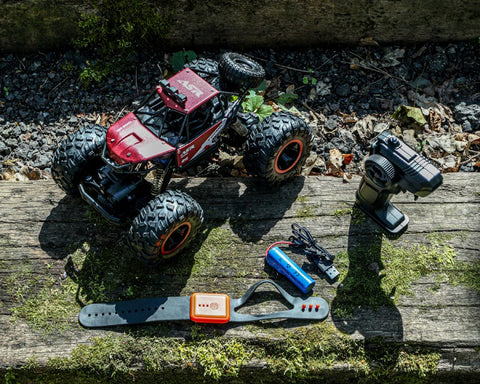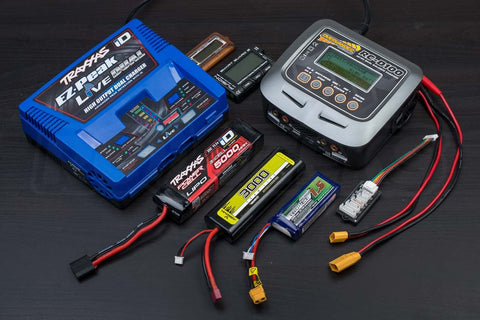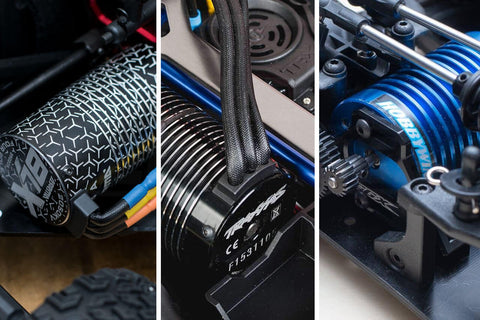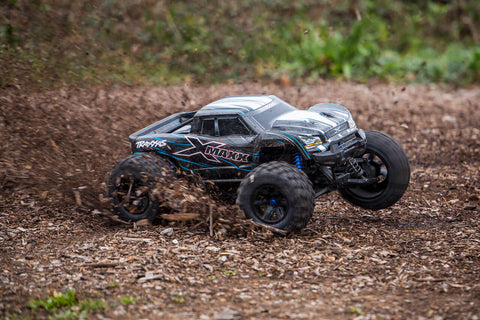Having ridden both the Xiaomi M365 and the Ninebot ES2 extensively, we can offer our own insight and opinion into the differences between the two popular scooters in this short article.
Power and Distance
Both models need a kick to get going but despite its lower powered motor the M365 feels like it has the edge in terms of acceleration, even going uphill. Both have the same top speed of 15.5 mph (25kph) and peg each other in the real world.
The M365's bigger battery (7800mAh compared to 5200mAh in the ES2) means there was less 'range anxiety' when operating it. 'Tearing' around in the most powerful modes, the ES2's 8 mile range fell behind the M365's 12 miles, but thankfully both can be 'kick pushed' along when the battery has depleted. Naturally the ES2 then has the edge in charge times 3.5 hrs to the 5 hrs of the M365.
Ride comfort and grip
Both feature wide handlebars with rubber grips but the ES2's small shock absorber really takes the pain out of long journeys.
With the M365 tyres correctly inflated they do a good job of absorbing bumps but nothing compared to the ES2. The rear suspension is the icing-on-the-cake making it the more comfortable scooter to ride for long distances on hard terrain.
However on wet tarmac we felt the soft rubber tyres gave the M365 the edge in terms of grip, this is of course at the cost of potential puncture risk.
Braking performance and safety
When it comes to braking performance the M365 certainly leads when talking about rider confidence. That mechanical disc brake can be adjusted to your preference and is far superior to stomping on the rear mudguard.
In a head to head test (same rider, surface and conditions, averaging multiple results) the ES2 took 8.7m to stop with just the motor brake, dropping to 5.2m with both the motor and stomping-on-the-fender brake. Meanwhile the M365 pulled up in just 4.7m thanks to its mechanical rear disc. As previously mentioned the pneumatic tyres grip better too.
User interface and app support
With its speed readout the Ninebot ES2's dashboard offers a more accessible view of the scooter state than the LED lights of the M365. Note that the ES2 doesn't include a bell.
The Ninebot app is also more user friendly and feature packed than the M365, including tutorials on how to ride the scooter.
Folding design differences
The ES2's mechanism makes it simpler to erect and fold, markedly less fiddly than the M365. Due to its design the ES2 is also noteably 'shorter' when folded at just 34cm tall making it easier to stow under seats on a train or bus. Both models feature a kickstand, but the ES2's is redundant when folded as the base sits on the ground (as seen below).
Both scooters weigh about the same, the M365 a few grams heavier but at the same time feeling somehow 'lighter' to pick up but bulkier to carry with the higher hinge point and the weight lower down.

In extended use both will need minor maintenance (Checking screws are tight, or in the case of the M365 adjusting the front folding latch). The ES2's design results in less flex down the steering column, something the M365's design cannot overcome. That said over time we have noticed that our highly-destructive riding style has caused the ES2 to develop a creak from the front end. This was remedied by tightening the four hex screws that connect the footplate to the base of the handlebars.
Which is best?
Whilst we can argue the toss all day via the black and white specifications, scooter selection is very much a personal preference. The general consensus in the office is that the M365 edges it over the ES2. However we suggest you weigh up the pros and cons against your own requirements (and if possible considering hiring one out) before making your decision.

Where can I buy an Electric Scooter?
You can pickup the Ninebot ES2 on our webstore and learn more about it in detail with our review. You can also grab a Xiaomi M365 Electric scooter in black and pictured (and also in white) and learn more about it in our original review.
If you have any questions regarding either of the scooters, leave us a message in the comment section below.
-

-

-

-

-

-

-

-

-

-

-

-

-

-

-

-

-

-

-

-

-

-
 reviews
reviewsAxial SCX10 II Jeep Cherokee Scale Crawler Review : Does it live up to its reputa...
Tom Begley | -

-

-

-

-

-

-

-

-

-

-

-

-

-

-

-

-

-

-

-

-

-

-
 tutorial
tutorialMavic 2 & DJI Goggles : The ultimate pairing in filming, inspections & surveys
Tom Begley | -

-

-

-

-

-

-

-

-

-

-

-

-

-

-

-

-

-

-
 reviews
reviewsFrSKY's Taranis Q X7 Transmitter - A budget alternative to the Taranis Plus X9D?
Tom Begley | -

-

-

-

-

-

-

-

-

-

-

-

-

-

-

-

-

-

-

-

-

-

-

-

-

-

-

-

-

-

-

-

-

-

-

-

-

-

-

-

-

-

-
















































































































